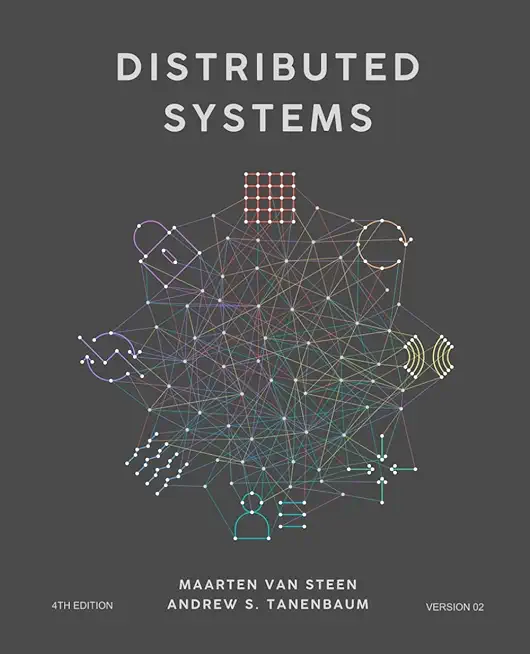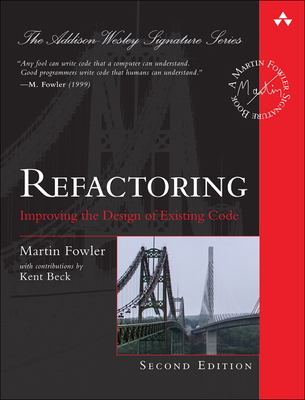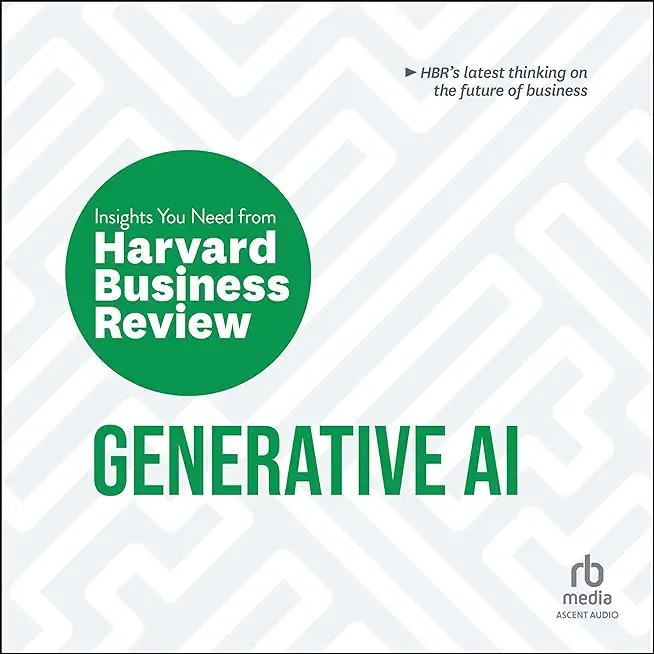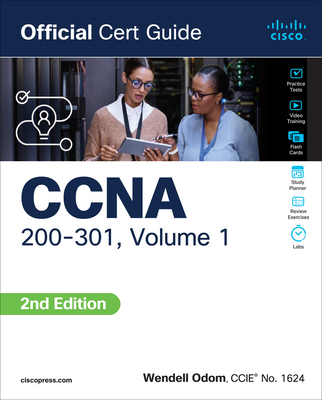Cloud Computing for Architects Training in New Rochelle
|
We offer private customized training for groups of 3 or more attendees.
|
||
Course Description |
||
| Cloud Computing is gaining increasing attention within enterprises of all shapes and sizes, but few technologists actually know how to properly scope, design, and construct Cloud solutions. Taking standard software applications, databases, and user interfaces and deploying them in a Cloud environment is a recipe for disaster. Proper scoping, usage modeling, and careful design are all essential to success in the Cloud
This four day, hands-on bootcamp begins with an examination of the Cloud Computing concept, the structure and key characteristics of Clouds, and takes a look under the hood at how they operate. From there, students are introduced to a Cloud Reference Model and explore various aspects of Cloud solution design from discovery throughout the lifecycle of a Cloud solution all the way to retirement. Special attention is given to requirements and Cloud utilization analysis, Cloud solution design strategies, and deployment scenarios. Upon completion of this course, students will have an understanding of the Cloud Computing environment and practical experience in designing, developing, and deploying Cloud-based solutions. This hands-on workshop consists of 50% hands-on labs in an actual Cloud Computing development environment, and 50% lecture and discussion. Students should have some hands-on experience developing software, but the focus of the course is upon architecture and design considerations within the Cloud.
Course Length: 4 Days
Course Tuition: $1650 (US) |
||
Prerequisites |
|
| Foundational Knowledge in distributed computing and Web-based architecture | |
Course Outline |
|
1. The Rise of the Cloud
2. Cloud Computing Value Proposition
3. Cloud Computing Myths
4. Cloud Computing Components
5. Categorizing Clouds
6. Real World Case Study Analysis
7. Cloud Risks and Risk Mitigation
8. Cloud Standards
9. Cloud Computing Infrastructure
10. Looking Under the Cloud Hood
11. Cloud Services
12. Cloud Computing Sanity Check
13. Cloud Reference Model
14. Cloud Layering
15. Cloud Development Life Cycle
16. Design Strategies
17. Development
18. Cloud Governance
19. Cloud Service Level Agreements (SLAs)
20. Adopting Your Very Own Cloud |
Course Directory [training on all levels]
- .NET Classes
- Agile/Scrum Classes
- AI Classes
- Ajax Classes
- Android and iPhone Programming Classes
- Blaze Advisor Classes
- C Programming Classes
- C# Programming Classes
- C++ Programming Classes
- Cisco Classes
- Cloud Classes
- CompTIA Classes
- Crystal Reports Classes
- Design Patterns Classes
- DevOps Classes
- Foundations of Web Design & Web Authoring Classes
- Git, Jira, Wicket, Gradle, Tableau Classes
- IBM Classes
- Java Programming Classes
- JBoss Administration Classes
- JUnit, TDD, CPTC, Web Penetration Classes
- Linux Unix Classes
- Machine Learning Classes
- Microsoft Classes
- Microsoft Development Classes
- Microsoft SQL Server Classes
- Microsoft Team Foundation Server Classes
- Microsoft Windows Server Classes
- Oracle, MySQL, Cassandra, Hadoop Database Classes
- Perl Programming Classes
- Python Programming Classes
- Ruby Programming Classes
- Security Classes
- SharePoint Classes
- SOA Classes
- Tcl, Awk, Bash, Shell Classes
- UML Classes
- VMWare Classes
- Web Development Classes
- Web Services Classes
- Weblogic Administration Classes
- XML Classes
- RED HAT ENTERPRISE LINUX SYSTEMS ADMIN II
8 December, 2025 - 11 December, 2025 - Introduction to Spring 6, Spring Boot 3, and Spring REST
15 December, 2025 - 19 December, 2025 - Object Oriented Analysis and Design Using UML
20 October, 2025 - 24 October, 2025 - Python for Scientists
8 December, 2025 - 12 December, 2025 - ASP.NET Core MVC (VS2022)
24 November, 2025 - 25 November, 2025 - See our complete public course listing






